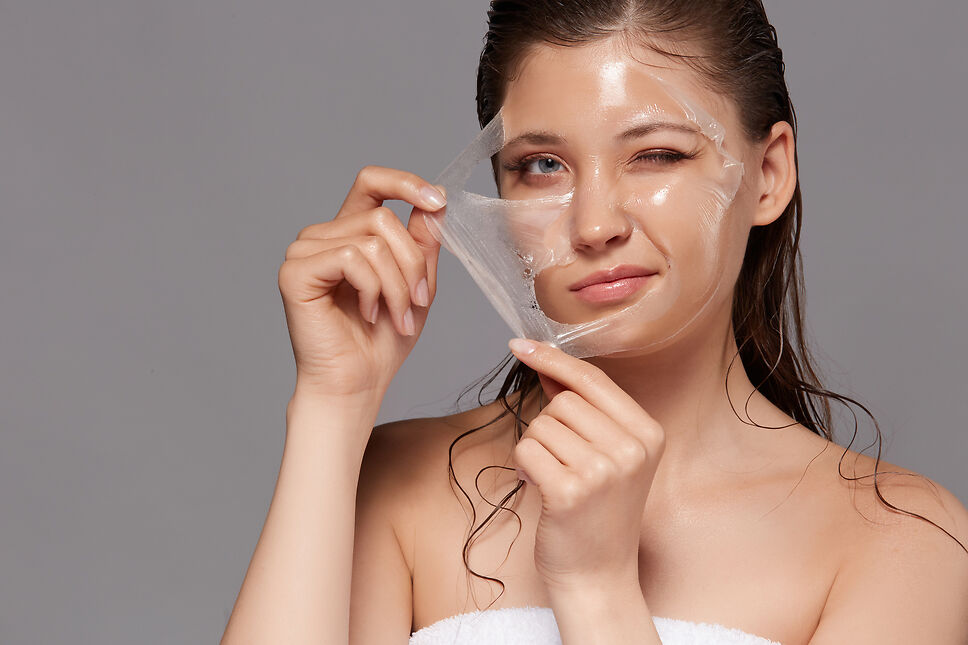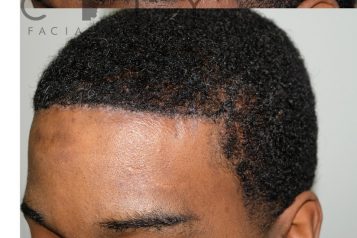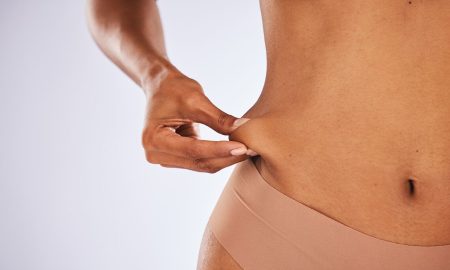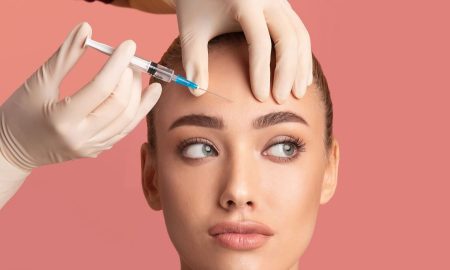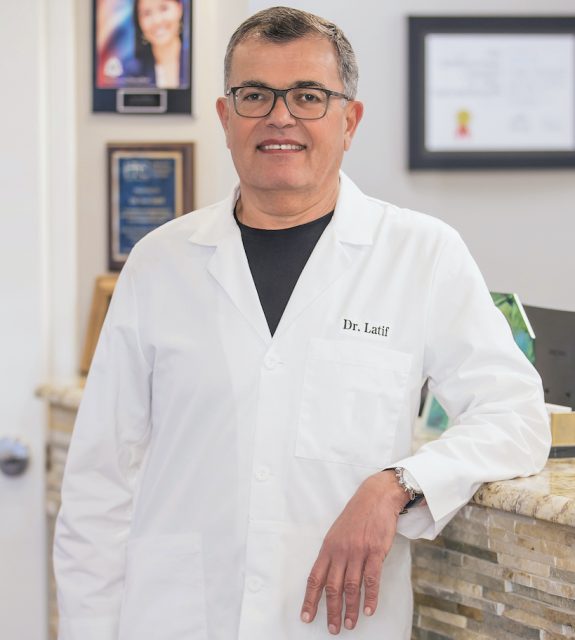 Photo Credit: Shutterstock
Photo Credit: Shutterstock
Deep vein thrombosis, or DVT, is a blood clot that forms in a vein deep in the body. Most deep vein clots occur in the lower leg or thigh. If the vein swells, the condition is called thrombophlebitis. A deep vein thrombosis can break loose and cause a serious problem in the lung, called a pulmonary embolism. In my business this is a serious concern because we have many patients who travel here from far. Each patient needs to understand what DVT is and what you do postoperatively is extremely important to reducing your risk. Sitting still for a long time can make you more likely to get a DVT, which is why I always urge patients to move around after surgery, so If you are taking a long car or plane trip, take a break, walk or stretch your legs and drink plenty of liquids. Because Your risk for developing blood clots increases after surgery.
How does a person get DVT?
The main reason you’re at an increased risk of developing DVT after surgery is because of your inactivity during and after the surgery. Muscle movement is needed to continuously pump blood to your heart.
This inactivity causes blood to collect in the lower part of your body, generally the leg and hip regions. This can lead to a clot. If your blood is not allowed to flow freely and mix with anticoagulants, you have a higher risk of developing a blood clot. Which is why it is extremely important to move after surgery. I understand you may not have an appetite following surgery but drinking fluid is also a must, staying hydrated greatly affects your risk.
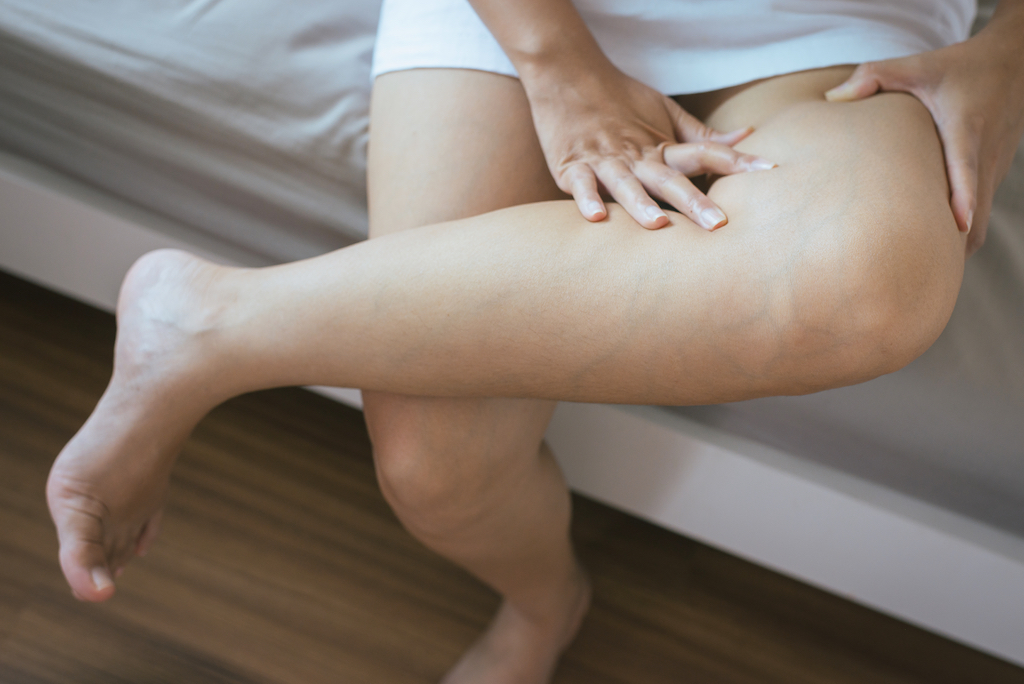 Photo Credit: Shutterstock
Photo Credit: Shutterstock
DVT and Flying
The connection between DVT and flying: Sitting for extended periods of time in cramped airplane seats may slow blood circulation and increase your risk for DVT. Prolonged inactivity and dry cabin air seem to contribute to the risk. The risk, however, varies greatly among passengers. In general, the longer the flight, the higher the risk. Flights lasting more than eight hours are thought to pose the most risk. Which is why we cannot stress enough that movement helps mitigate your risk.
What methods do you offer to increase safety?
After months of testing products, I found that Circul8 works great. The Circul8 device helps to increase circulation during periods of inactivity following your surgery to prevent DVT(Deep vein thrombosis). It is recommended that you use the device whenever you are off your feet during your recovery period including when you are sleeping at night.
How do I use Cicul8?
Each wrap is universal and can be worn on the right or left leg. It is important to use both wraps. Attach the wrap to your leg below the knee with the inflation bladder on the back. When the wrap inflates, you should feel the pressure on your calf muscle (back of lower leg). Once the wraps are in place, push and hold the red power button to begin therapy. There are three gauges on the device. The digital gauges next to the power button are the pressure indicator (shows how much pressure the device is currently exerting) and the compliance module (shows how many hours the device has been in use). I understand that functionality is very important when choosing a product and this product is wireless and also connects to your phone where you can see battery life and turn on/off.
Regardless you must listen to your post-operative instruction, nothing can beat good ole fashion hydration and movement!
For more information, visit Dr. Brian A. Levine's social media:





